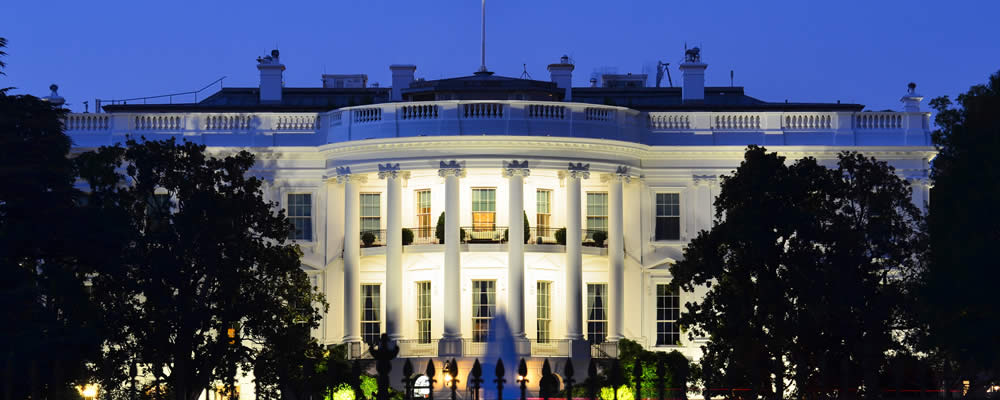- US Dollar Euro Hits 0.8509 – Euro US Dollar Slides to 1.1747
- US Inflation Figures Come up Short – US Dollar Plummets
- Germany’s Final Inflation Figure Prints as Forecast – Euro Unperturbed
- North Korean Crisis Continues – US Dollar Euro Previously Supported by Risk Averse Markets
The US Dollar to Euro exchange rate plummeted today following the release of the latest US inflation figures.
US consumer prices jumped 1.7% year-on-year in July, coming up short of expectations of 1.8% and following on from the 1.6% growth seen in June.
Month-on-month growth also missed the consensus of 0.2%, printing at 0.1%.
Whilst inflation growth did come in higher than the previous month’s, it remained below the forecast, which was enough to drive investors to quickly sell the ‘Greenback’ in response.
Some theorists have asserted that the US inflation slowdown could be getting longer and longer, despite the Federal Reserve’s judgement that it is simply transitionary. This concern was further legitimised today by the release of these figures – indeed, the speed of growth could be seen by many as evidence that the Fed will be unable to ‘stay the course’ on a final rate hike in 2017.
Nonetheless, the Fed target remains 2% and these latest prints do echo New York Fed President William Dudley, who asserted that ‘it’s going to take some time’ before inflation reaches the bank’s target.
Germany’s Inflation Figures Rise as Expected – Euro (EUR) Unresponsive
Germany’s final inflation figures for July were released this morning, coming in year-on-year as forecast at 1.7% and month-on-month at 0.4%.
This was Germany’s highest inflation rate since April this year; a jump primarily caused by a rise in energy prices.
However, as these figures were unchanged from previous estimates, their impact on the Euro was negligible.
Indeed, demand for the Euro remains stifled in the wake of continuing geopolitical tensions, despite its climb today against the US Dollar.
USD/EUR Forecast: Could the US Dollar (USD) continue to be bolstered by Geopolitical Turmoil?
The US Dollar has spent a significant amount of time this week bolstered by investors reacting to the latest series of exchanges between US President Donald Trump and North Korean Leader Kim Jong Un.
Tensions between the two nations have continued to escalate regarding North Korea’s development of its nuclear arms; principally its missile delivery system.
As a result, investors have sought safe havens for their investments, targeting various reserve currencies like the Swiss Franc (CHF), US Dollar (USD), Japanese Yen (JPY) and Pound Sterling (GBP) and driving up their demand.
Whether this will continue, however, is dependent on what direction the aforementioned tensions take in the coming days.
The Governor of Guam, Eddie Calvo, asserted on Thursday that there was no ‘heightened threat’ and that North Korea’s latest statements, particularly their need to outright express their intended plan of attack rather than engaging in it as an act of surprise, illustrated that they were posturing.
Calvo stated:
‘They’re now telegraphing their punch, which means they don’t want to have any misunderstandings. I think that’s a position of fear’.
Regardless, news of possible nuclear war continues to dominate headlines and until the situation perceivably cools, the US Dollar is likely to find some space to climb again against the Euro, even after today’s fall.



